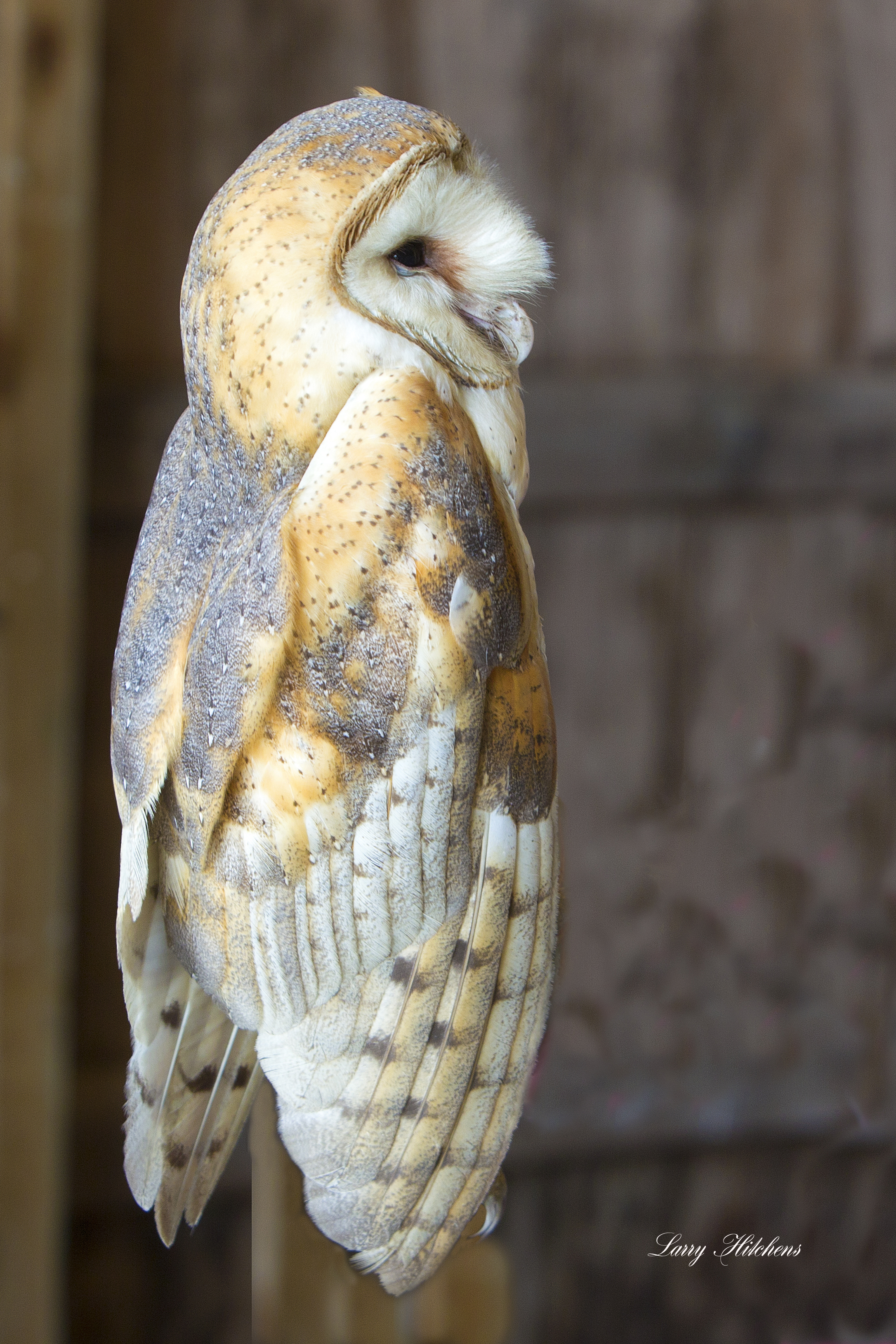Facts
We chose to research Tyto
alba because it is a very common bird. We would be
more likely to have the chance to see it in real
life. We felt that others would share our interest
in this owl because they too may be able to see it,
and there are so many surprising facts about it. The
young darker-colored Tyto alba have been know to
share food with its siblings sometimes as many as
two times per night. This behavior is probably
performed in hopes that the other siblings will
return the favor. At the same time the
lighter-colored young are more likely to steal from
its siblings a majority of time.
The attention of the parents is very important to the young
birds, so much so that some will kill off their
 brethren in aspirations that they will get more
attention and more food. [Roulin
et al. , 2012]
brethren in aspirations that they will get more
attention and more food. [Roulin
et al. , 2012]
Tyto alba also does not always behave like an owl. If it is
standing on the ground and it sees a mouse it will
scurry after it as though it is a cat. [Konishi,
2012]
Barn Owls also seem to have an intricate communication system
and at first it was thought that they did not
‘hoot’. Mates appear to screech to each other to
show their bond and young owls quickly learn which
call to use when hungry and which to use for terror.
[Bunn, 1982]
There are many interesting pieces of folklore surrounding
Barn Owls; many depict them in a cloud of evil. For
example there is an old story that they can
transform into witches and they go into children’s
rooms at night and suck their blood. In ancient Rome
owls would be nailed alive to the front doors of
houses. It was believed that this help would keep
the evil spirits away. Many English poets and
writers used the high-pitched scream of Tyto
alba as
a sign of impending doom and death. But every
now and then the Barn Owl is portrayed in a positive
light. In a handful of stories it is shown to have
great wisdom. [Bunn,
1982]
Another intriguing fact is that Tyto alba is thought to have
been around since the Pleistocene period (which is
about 11,700 years ago), and fossils have been found
in numerous countries. [Taylor,
1994]
The Tyto alba has interesting relatives. Tyto
alba cousins
have a much more acidic stomach and are able to
digest more of the bones of animals which allows it
to use its resources better. [Taylor,
1994] None of the
other 36 subspecies of the Barn Owl are as well know
as Tyto alba and there is limited knowledge on those
living in many regions of Austral and Asia. Not all
in the genus like to live in barns. T. longimembris
likes to live in tall grass. It uses straw to make a
nest and has kind of tunnel system running though
the surrounding grasses. [Taylor,
1994]
Return to the Home page or continue to References